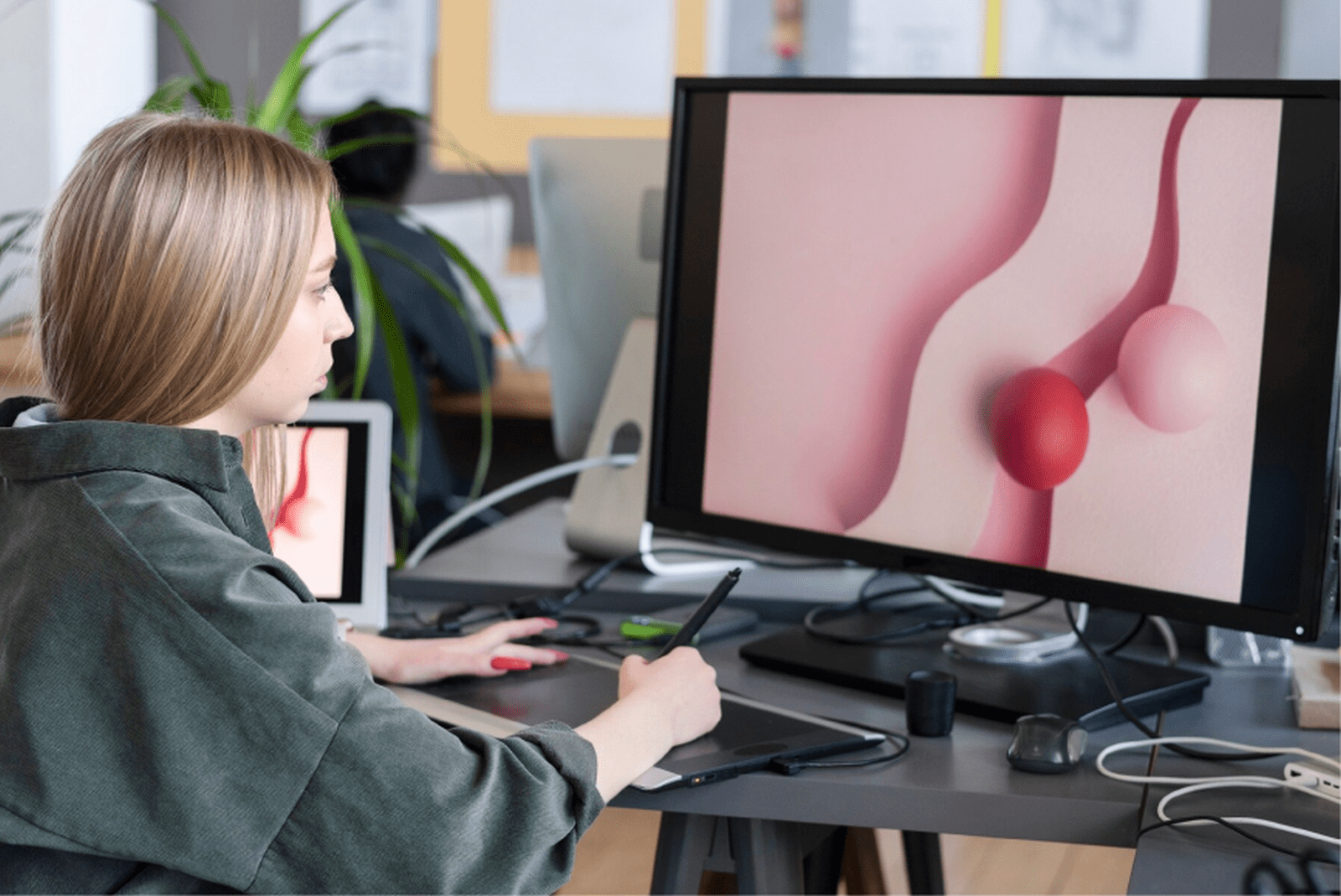How to Create Your First 3D Model: A Step-by-Step Guide
26 April 2024
Creating 3D models is an exciting process that allows you to bring your ideas to life and visualize them in three-dimensional space. If you're a beginner in this field, this guide will help you take the first steps in creating your first 3D model. We'll walk you through the essential stages of 3D modeling using accessible tools and software.
Step 1: Choose Your Software
The first step in creating a 3D model is to select the appropriate software. There are many 3D modeling programs available, but beginners are encouraged to start with free and user-friendly tools:
- Blender: One of the most popular free tools for 3D modeling, offering a wide range of features and capabilities.
- Tinkercad: An easy-to-use application for 3D design, perfect for beginners.
- SketchUp: A simple-to-learn tool designed for creating architectural and structural models.
Step 2: Get Familiar with the Interface
Before you start modeling, it's important to familiarize yourself with the interface of the chosen program. Get to know the basic tools and functions, such as:
- Creation and Editing Tools: Understanding how to create basic shapes (cubes, spheres, cylinders) and modify them.
- Transformation Tools: Learning to move, rotate, and scale objects in 3D space.
- Viewing and Navigation: Knowing how to use different views and cameras to work with your model.
Step 3: Create a Basic Shape
Start by creating a basic shape. Choose a simple geometric figure, such as a cube or sphere, as your starting point for modeling. This stage includes:
- Adding the Object: Place the basic shape into the workspace.
- Modifying Size and Shape: Use the tools to adjust the size and shape of the object to resemble the desired model.
Step 4: Add Detail to the Model
Once you have the basic shape, move on to adding details:
- Adding Features: Use tools to add small details like indentations, holes, and textures.
- Editing Vertices and Faces: For more complex shapes, edit the vertices and faces of the object.
- Applying Modifiers: Use modifiers to smooth, deform, and apply other effects to the model.
Step 5: Texturing and Coloring
After your model has the desired shapes and details, proceed to texturing and coloring:
- Creating UV Maps: Develop UV maps for your model to correctly apply textures.
- Applying Textures: Import or create textures to give your model a realistic appearance.
- Coloring: Use tools to apply colors and materials to your model.
Step 6: Lighting and Rendering
Time to give your model its final look:
- Setting Up Lighting: Place light sources to make your model appear natural.
- Positioning the Camera: Set up the camera for the best view of your model.
- Rendering: Render the model to get the final image or animation.
Step 7: Saving and Exporting
Don’t forget to save your work:
- Saving the File: Save the project in a format supported by your software so you can edit it later.
- Exporting the Model: Export the model in the necessary format (e.g., OBJ, STL) if you plan to use it in other applications or for 3D printing.
Conclusion
Creating your first 3D model can be a rewarding and enjoyable experience. By following these steps, you can learn the basics of 3D modeling and produce your first model. Remember that practice and experimentation are key to improving your skills, so don’t be afraid to try new techniques and approaches. Good luck on your journey into the world of 3D modeling!




